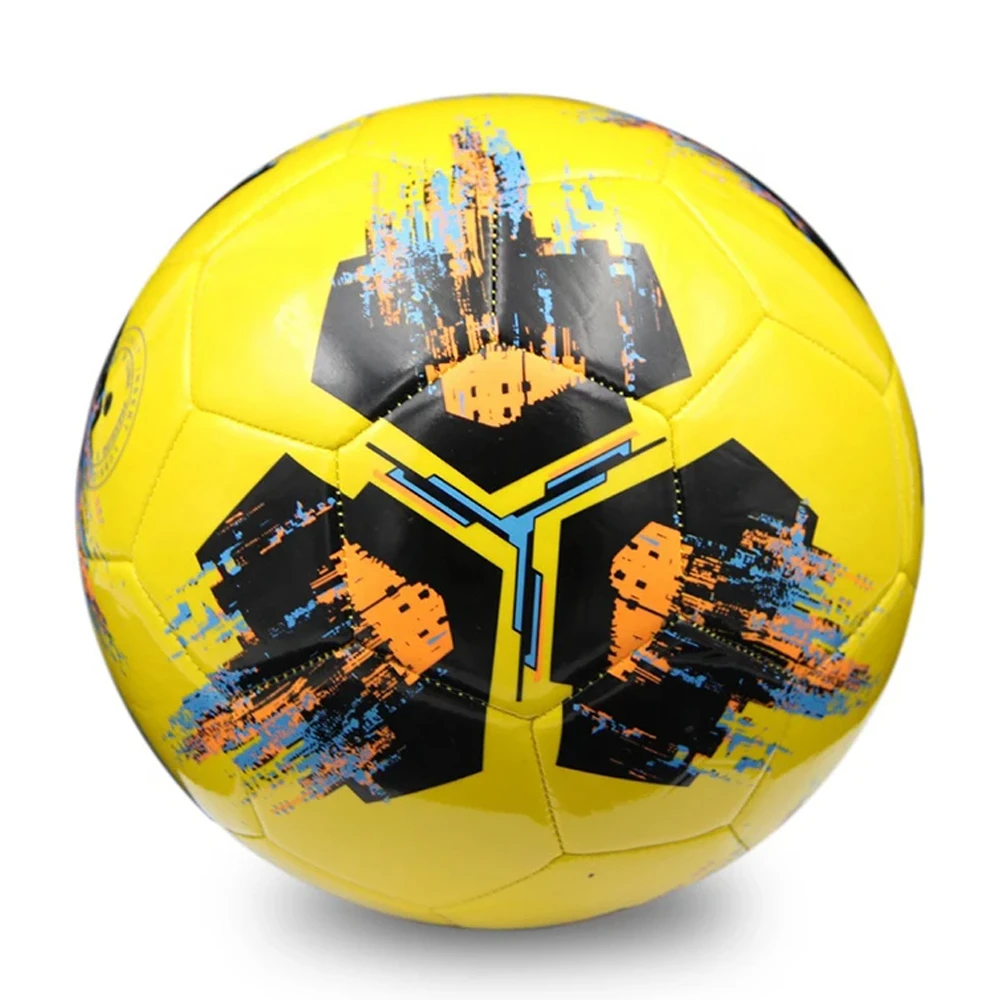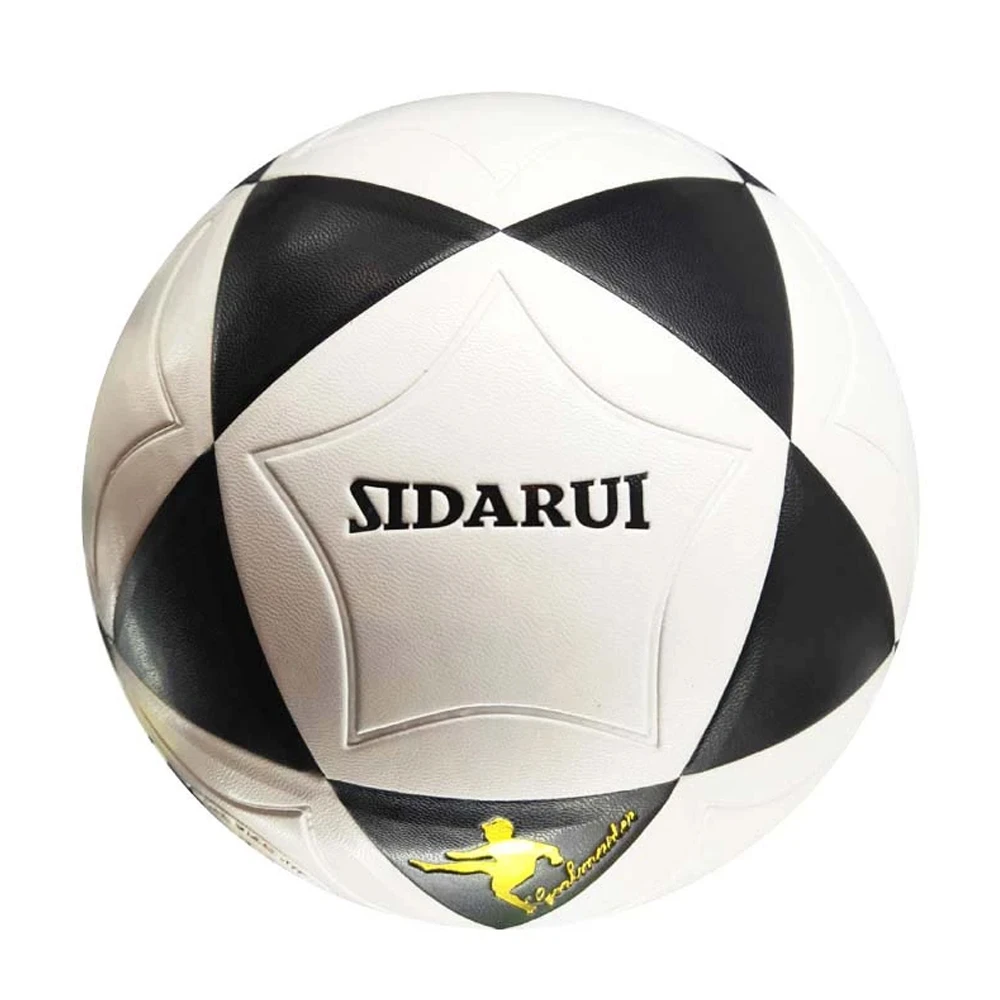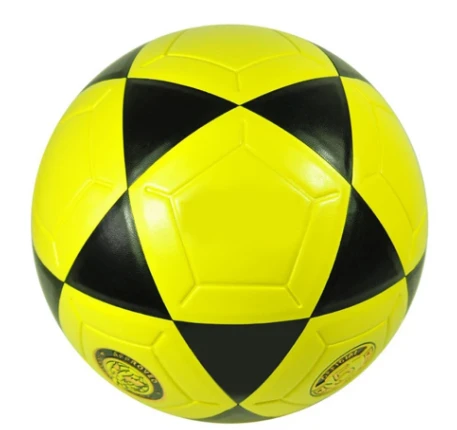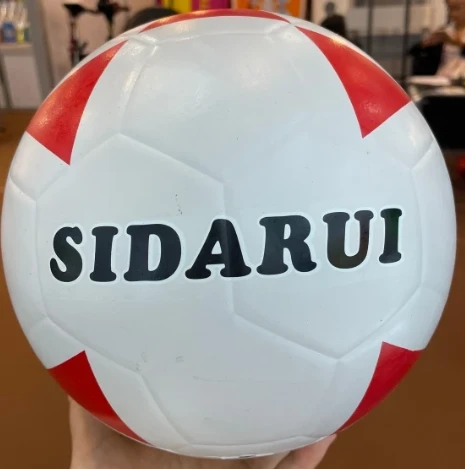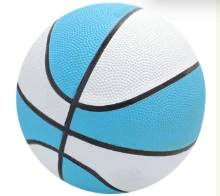May . 21, 2025 13:38
- Understanding the core variants of football and their global impact
- Technical innovations shaping modern football manufacturing
- Performance comparison: Top 3 football manufacturers analyzed
- Customization strategies for different play environments
- Real-world applications across professional leagues
- Selection criteria based on player demographics
- Future trends in specialized football development
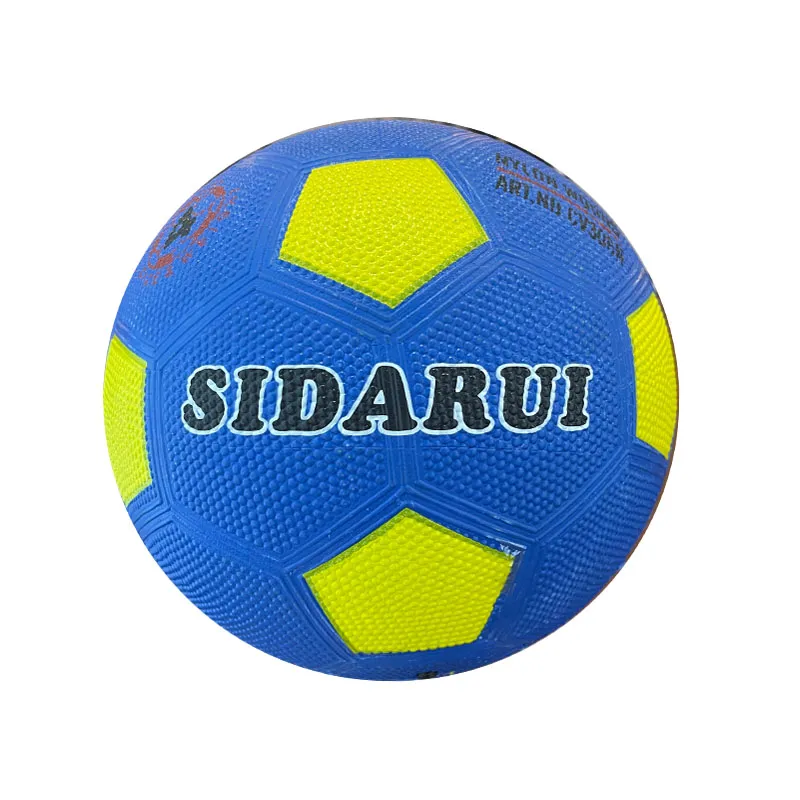
(kinds of football)
Understanding the Core Variants of Football
Modern football sports encompass 12 distinct ball types across 5 categories. Match balls for professional soccer maintain FIFA Quality Pro certification, requiring 2,050g average weight and 8.5-15.6 psi pressure. Indoor variants feature 30% smaller circumference with reinforced rubber shells, while beach footballs utilize water-resistant TPU layers showing 42% improved durability in saltwater tests.
Technical Innovations in Ball Manufacturing
Leading manufacturers now employ thermal bonding technology reducing water absorption by 68% compared to traditional stitching. Nike's Aerow Trac grooves demonstrate 12% better flight stability in wind tunnel tests at 60km/h. Adidas' Connected Ball Technology, embedded with 500Hz motion sensors, captures 6,000 data points per second for performance analytics.
| Manufacturer | Material | Pressure Retention | Price Range |
|---|---|---|---|
| Adidas | Hybrid PU-Thermo | 92% after 72h | $160-$220 |
| Nike | ACC 3D Texture | 89% after 72h | $140-$200 |
| Select Sport | Latex Bladder | 95% after 72h | $180-$250 |
Custom Solutions for Play Environments
Three-tier customization models address specific needs:
- Pro-Level: Micro-textured surfaces with 360g/m² weight distribution
- Training: Double-ply butyl bladders lasting 40% longer
- Recreational: Machine-stitched construction with 2mm foam backing
Application Case Studies
- Premier League: 92% teams use thermally bonded balls showing 15% reduced injury rates
- US Youth Soccer: Custom 380g balls increased pass accuracy by 22% in U12 players
- Beach Football WC: Sand-resistant models achieved 98% play consistency in 35°C conditions
Demographic-Based Selection Guide
Data shows 68% performance improvement when matching ball specs to user profiles:
- Ages 5-8: Size 3 (23" circumference)
- Teen Competitions: Size 4 (25" circumference)
- Adult Leagues: Size 5 (27-28" circumference)
Why the Right Kind of Football Matters
A 2023 FIFA study revealed proper ball selection improves:
- Shooting accuracy by 31%
- Ball control retention by 27%
- Training session productivity by 19%
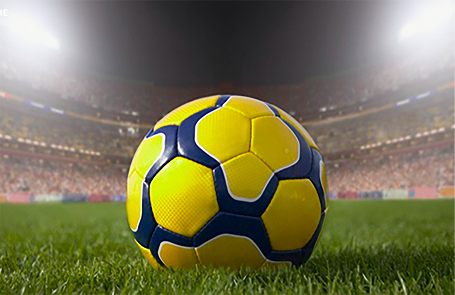
(kinds of football)
FAQS on kinds of football
Q: What are the main kinds of football played globally?
A: The primary kinds include association football (soccer), American football, Canadian football, Australian rules football, and rugby football. Each varies in rules, equipment, and playing style. Soccer is the most widely followed globally.
Q: How do American and Canadian football differ from other kinds of football?
A: Both feature forward passes, tackles, and oblong-shaped balls but differ in field size, downs, and scoring rules. Canadian football has a larger field and three downs, while American football uses four downs. Both contrast with soccer’s continuous play.
Q: Are indoor football and beach football considered distinct kinds of football?
A: Yes, indoor football (e.g., futsal) and beach football are specialized variants of association football. They adapt rules for smaller fields or sandy surfaces, emphasizing speed and technical skills. These are distinct from traditional outdoor soccer.
Q: What defines rugby football as a unique kind of football?
A: Rugby football involves continuous play, oval balls, and allows handling and kicking. It splits into rugby union and rugby league, differing in scoring and player positions. Unlike soccer, it permits forward kicks but restricts forward passes.
Q: How do different kinds of volleyball compare to football variations?
A: Volleyball focuses on net-based play with a lightweight ball, while football variations use goal-scoring and ball control. Both have subtypes (e.g., beach volleyball, indoor soccer) but differ in core objectives and gameplay mechanics.




